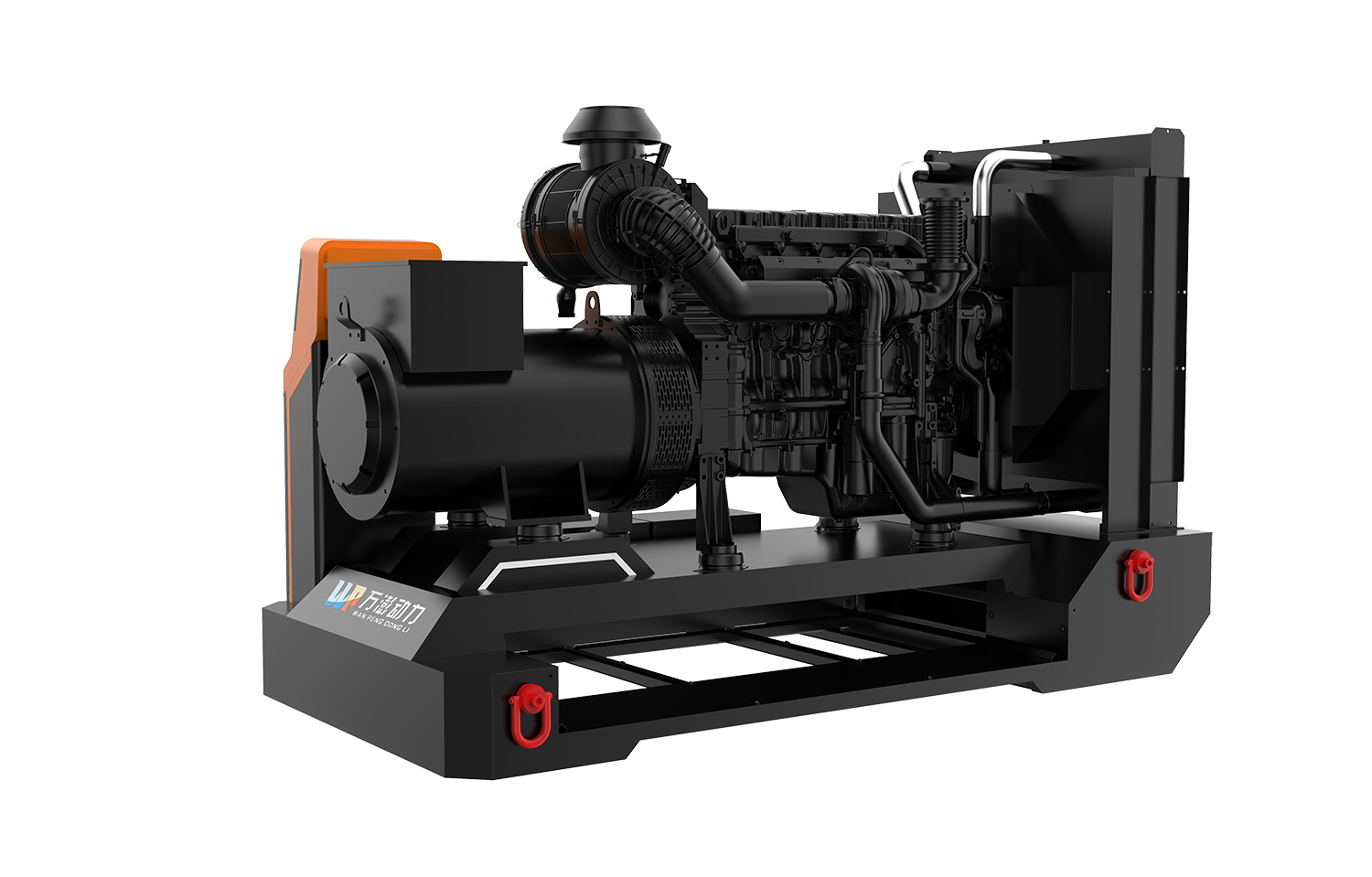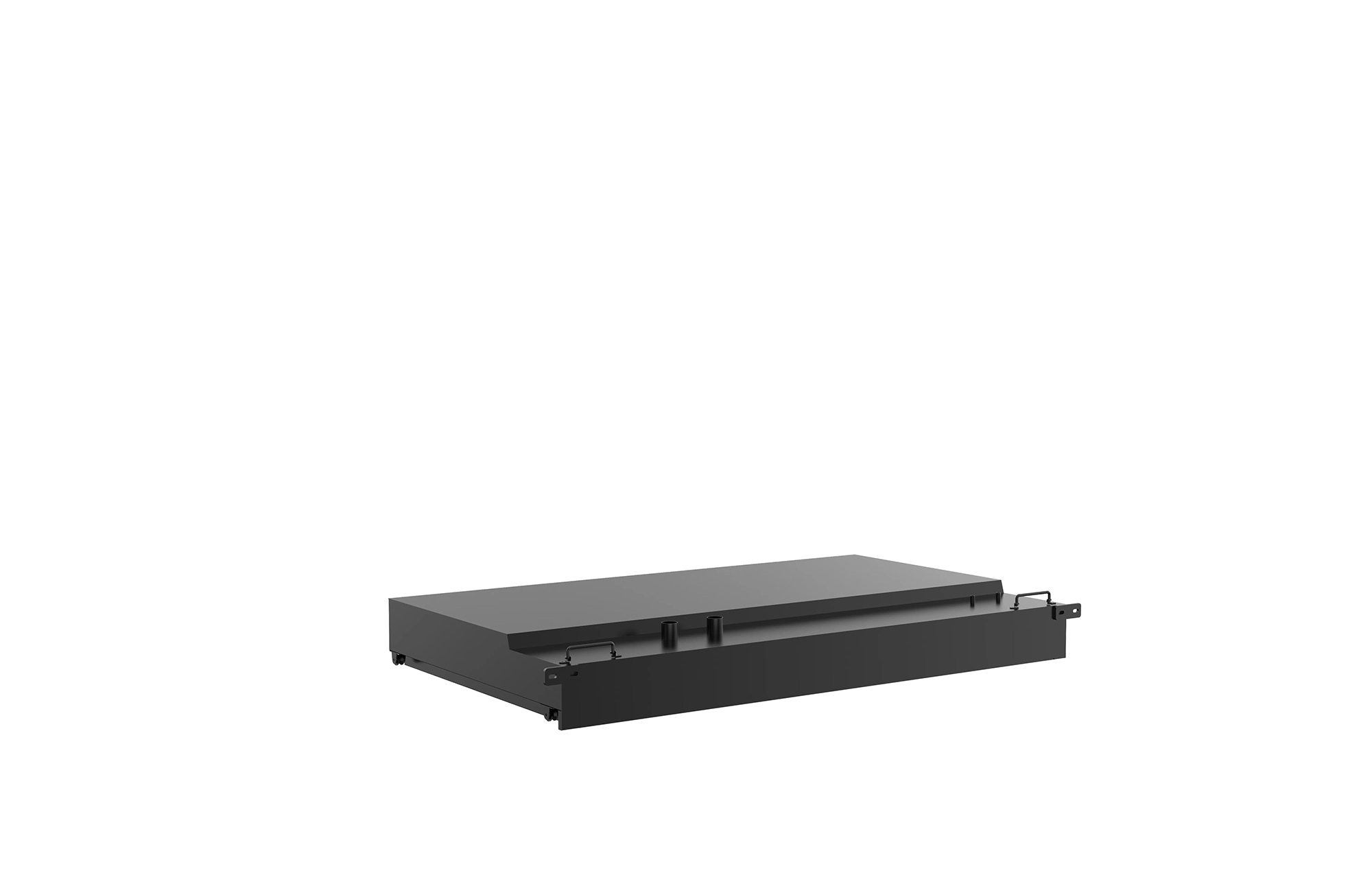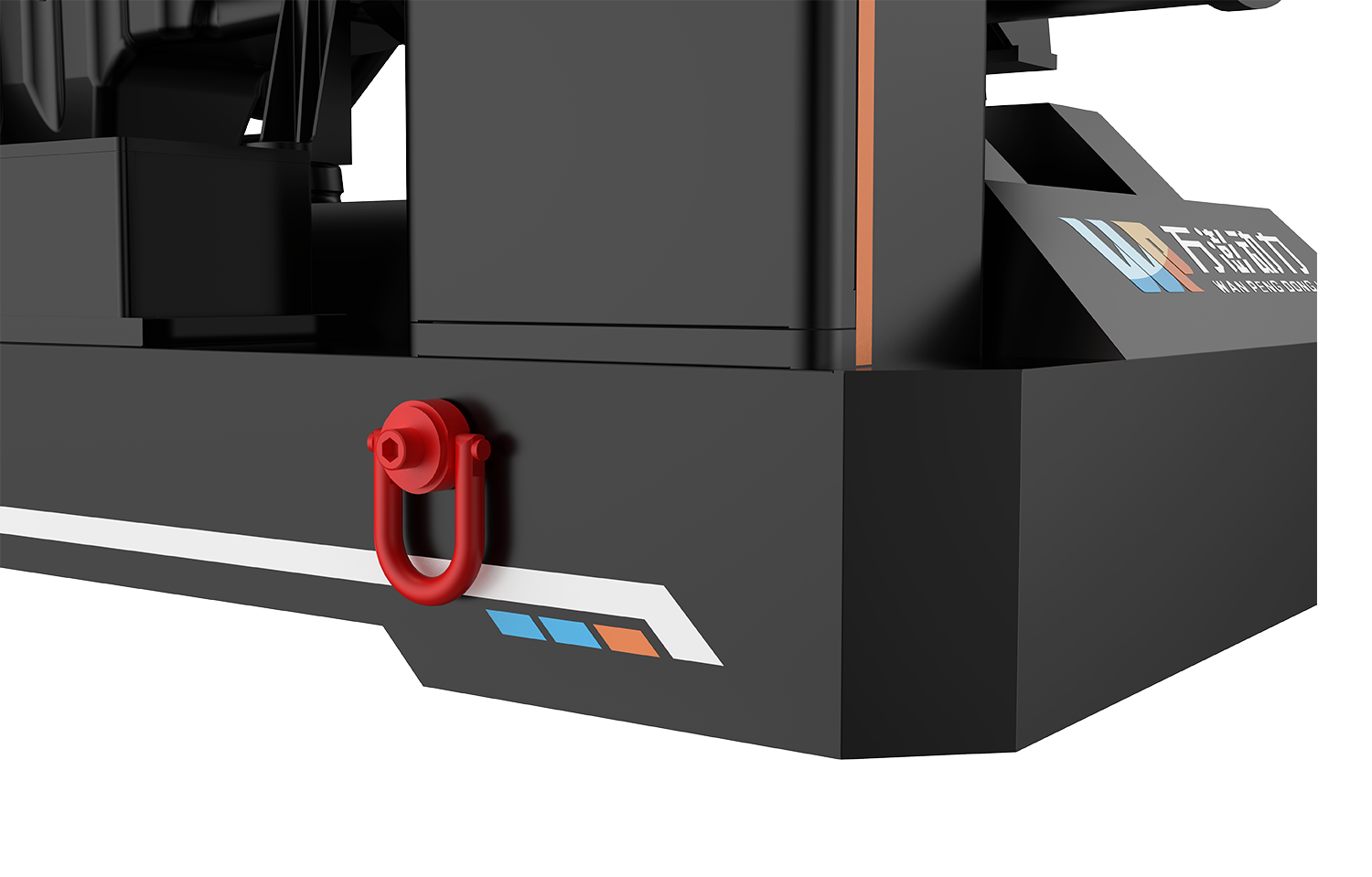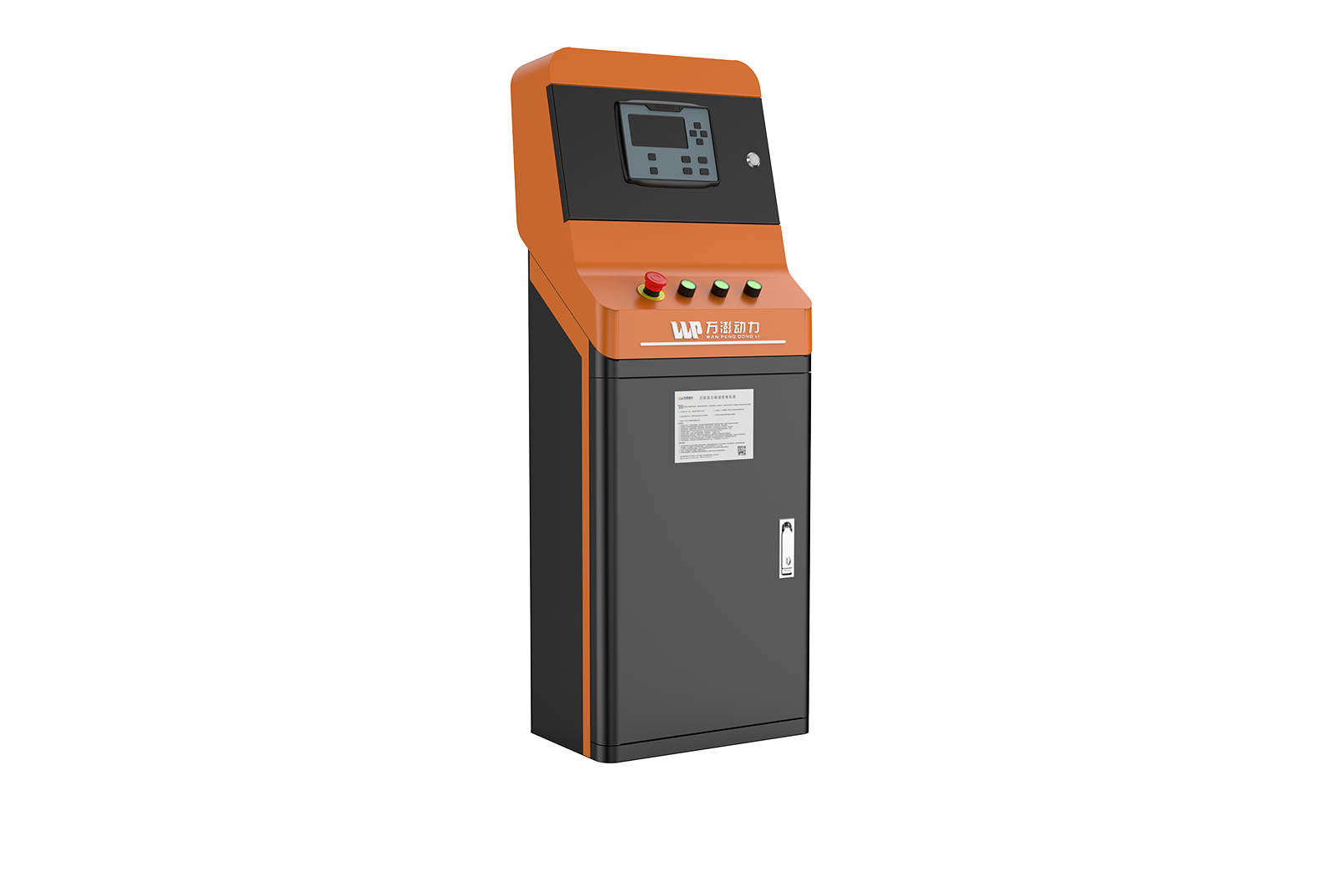Design details of generator set of Shaanxi Wanpeng Power Technology Development Co., Ltd.: 1. Side pull-out detachable fuel tank Innovative products developed based on the actual needs of multiple project sites. It can achieve quick and convenient maintenance when the fuel tank is damaged. The bottom is designed with a ball roller table to make disassembly easier. It is suitable for units under various working conditions and ensures stable operation of the unit. Maintenance convenience: The fuel tank can be quickly drawn without draining fuel, making it easy to clean, overhaul or replace and reduce downtime. Spatial flexibility: The modular design is suitable for compact spaces, and the installation position can be adjusted to adapt to different layout requirements. Security improvements: The fuel tank can be quickly replaced in emergencies, reducing the risk of fuel leaks (no need to damage the fixed structure during maintenance). Extensibility: It is suitable for scenarios where space is limited, frequent maintenance or capacity expansion is required, making it easy to expand capacity or switch spare fuel tanks.


2. Detachable lifting ring Flexibility and convenience Easy to maintain or replace: When the lifting rings are worn or damaged, there is no need to cut or re-weld them. They can be replaced by removing the bolts, reducing downtime. Adapt to different lifting needs: The position of the lifting rings can be adjusted according to the actual lifting direction or center of gravity, with high flexibility. Convenient transportation and installation: The lifting rings can be disassembled and packaged separately to avoid collision and deformation during transportation and reduce installation space occupation. Avoid the risk of welding defects Welding may cause deformation of the base, stress concentrations, or weld cracks, and the detachable design avoids these problems by eliminating welding. Compatibility and standardization Standardized lifting ring accessories can be selected to adapt to different types of units and reduce customization costs. aesthetics Remove the lifting rings when not in use to keep the appearance of the unit clean.

3. Control screen Layout and identification Component arrangement: Key components (such as PLCs, circuit breakers) may be arranged in layers, and high-frequency operating elements (buttons, touch screens) may be located in the middle line of sight to reduce bending or lifting movements. Clear labels: functional areas are distinguished by colors/icons (such as red emergency stop, green start), and the labels face the operator to reduce the risk of misoperation. The operating interface design conforms to ergonomic points Comfort to operate and ease of access: The center line of the screen is flush with the eye height (about 1.5m), the commonly used buttons/screen are placed at elbow height (70- 120cm), and the high-frequency control is placed within the radius of the forearm when the elbow naturally hangs down., in line with the range of natural drooping or horizontal extension of the arm, reducing shoulder fatigue. Screen angle: The tilted touch screen may reduce reflection, adapt to the standing viewing angle (15-30° tilt), and avoid forward leaning of the cervical spine. Front emergency stop button: set on the side of the cabinet door (right-handed mainstream) 90-110cm away from the ground, with the red mushroom head protruding from the surface. Tactile feedback: Differentiate the shape (convex/concave) or material of the button to reduce accidental touches during blind operation. maintenance and safety Maintenance space: The cabinet door opens and closes 180°, and the internal components are modularized, and the cable grooves are managed in layers for easy tool operation. Heat dissipation design: Top and bottom vents optimize air flow, reduce the temperature inside the cabinet, and avoid overheating of equipment.
